10 Must-Know Social Media Metrics for Tracking Success
- Alex K
- Oct 23, 2024
- 3 min read

To truly understand the impact of your efforts and optimize your strategy, you need to track the right metrics. Whether you’re a business, a content creator, or just trying to build a personal brand, knowing what to measure will help you grow your online presence effectively. Here are 10 must-know social media metrics that will give you insights into your performance and help guide your next steps.
1. Engagement Rate
Engagement rate is the lifeblood of social media. It measures how much your audience is interacting with your content through likes, comments, shares, and more. A high engagement rate indicates that your followers find your content valuable and are more likely to share it with others. To calculate, divide total engagements (likes, comments, shares) by your total followers, then multiply by 100 for the percentage.
2. Reach
Reach tells you how many unique users have seen your post. It’s a crucial metric because it shows how far your content is spreading across your audience. Keep an eye on reach to understand how well your posts are performing beyond just your follower count.
3. Impressions
Impressions count the number of times your post is shown, whether it’s clicked on or not. Unlike reach, which is unique to each user, impressions can reflect multiple views from the same person. This metric helps you understand how often your content is circulating on social media platforms.
4. Follower Growth Rate
Instead of focusing solely on the number of followers, the growth rate shows how fast your audience is expanding over time. A steady increase in followers is a sign of a healthy, engaging presence, while sudden spikes may indicate that specific posts or campaigns are working particularly well.
5. Click-Through Rate (CTR)
CTR is a key metric for measuring how many people are clicking on the links you share in your posts. This could be a link to your website, a product page, or a blog post. If your CTR is low, it might mean that your call to action isn’t clear enough, or your audience isn’t finding your content compelling.
6. Conversion Rate
Conversion rate measures how many people took the desired action after clicking on your social media content. This could be signing up for a newsletter, purchasing a product, or downloading an ebook. A high conversion rate means your social media posts are effectively driving actions that benefit your goals.
7. Social Share of Voice (SOV)
Social Share of Voice tells you how much your brand is being discussed compared to your competitors. It measures your presence in conversations happening across social media. The higher your SOV, the more dominant your brand is within your industry’s online space.
8. Bounce Rate
When someone clicks a link in your social media post and then leaves the page immediately, that’s counted as a bounce. A high bounce rate might suggest that your social media content isn’t aligned with what users find on your site or that the content isn’t what they were expecting. It's important to keep this metric low.
9. Video Views
If video is part of your content strategy, tracking video views is essential. Each platform may have its own criteria for counting a view (e.g., watching for 3 seconds), but it gives you an idea of how well your video content is grabbing attention.
10. Sentiment Analysis
Beyond numbers, sentiment analysis looks at the tone of the conversations surrounding your brand. Are users talking positively, negatively, or neutrally about you? This qualitative metric is vital for understanding your brand’s reputation and the emotional impact of your posts.
Conclusion
Tracking these metrics regularly will help you refine your social media strategy and ensure that your efforts are paying off. Remember, data is only useful when you act on it—so once you have these insights, tweak your posts, timing, or approach to keep improving. Understanding your performance through these metrics is the key to unlocking long-term success on social media!




コメント